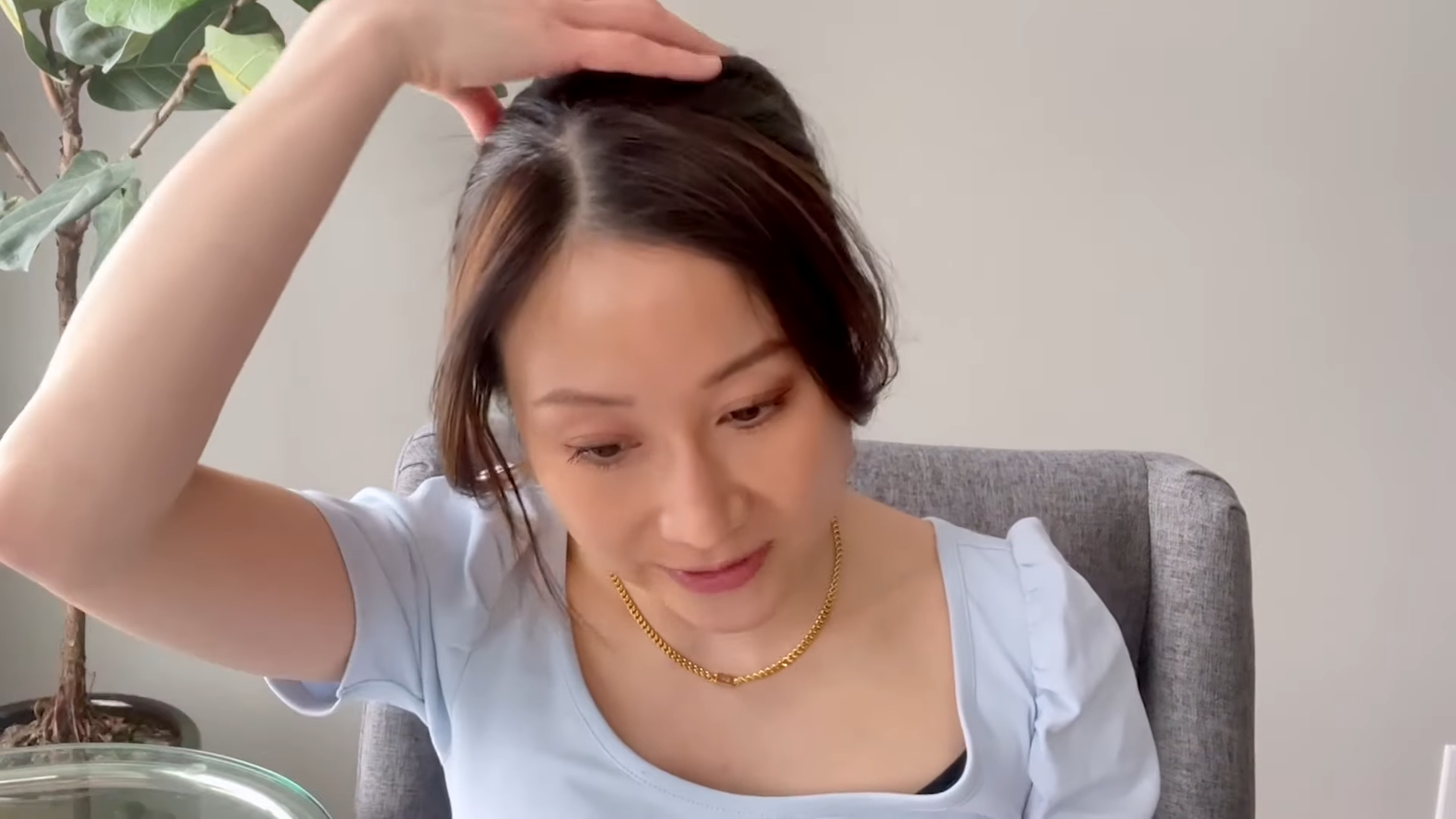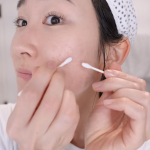Understanding hair loss in women involves exploring various causes and effective treatments to restore hair health. Unlike male pattern baldness, female hair loss can stem from hormonal changes, stress, nutritional deficiencies, or underlying medical conditions. Addressing these factors requires a tailored approach, which may include dietary adjustments, lifestyle changes, scalp treatments, or medical interventions like minoxidil or hormonal therapy. By identifying the root cause and implementing targeted treatments, women can effectively manage and even reverse hair loss, reclaiming confidence and healthy hair. This comprehensive understanding empowers women to make informed choices in their journey towards restoring fuller, thicker hair.
Hormonal Imbalance and Hair Loss
Fluctuations in hormones during significant life stages such as pregnancy, menopause, or thyroid disorders can profoundly impact the hair growth cycle in women. These hormonal changes disrupt the natural balance, leading to hair thinning and loss over time. During pregnancy, hormonal surges can temporarily increase hair thickness and growth, followed by potential postpartum shedding. Similarly, menopause triggers a decrease in estrogen levels, which contributes to hair follicle shrinkage and increased sensitivity to androgens, resulting in thinning hair. Thyroid disorders, whether hypo- or hyperthyroidism, disrupt hormone production, leading to hair loss as a symptom. Understanding these hormonal influences is crucial for addressing hair health concerns effectively and maintaining vibrant, resilient hair.
Genetic Factors and Female Pattern Baldness
Genetics are pivotal in understanding female hair loss, particularly in cases of pattern baldness. Inherited genes play a critical role in determining a woman’s predisposition to hair thinning and balding patterns, often affecting the crown and frontal areas of the scalp. Variations in genes related to hormone sensitivity and hair follicle structure can influence the onset and severity of hair loss. This genetic predisposition explains why some women experience more pronounced thinning or balding than others, even without external factors like hormonal changes or stress. Recognizing these genetic factors allows for targeted treatments that address underlying causes effectively, promoting healthier hair growth and maintaining scalp health.
Nutritional Deficiencies and Hair Health
Insufficient intake of vital nutrients like vitamins, minerals, and proteins can significantly impact hair health, leading to weakened follicles and increased hair shedding. These nutrients play a crucial role in supporting the hair growth cycle, from follicle development to hair strand strength. A well-rounded diet that includes sources rich in vitamins such as A, C, D, and E, minerals like iron and zinc, and proteins from lean meats, fish, and legumes is essential for nourishing the scalp and promoting vibrant, resilient hair. Ensuring adequate nutrition not only strengthens hair but also enhances its natural shine and texture, contributing to overall hair health and vitality.
Stress and Hair Loss
Chronic stress, whether stemming from emotional strain or physical factors, poses a significant threat to the hair growth cycle by disrupting its natural rhythm. Stress triggers an imbalance in hormone levels, specifically increasing cortisol production, which can lead to hair follicle shrinkage and premature entry into the resting phase of hair growth (telogen phase). This disruption results in increased hair shedding and noticeable thinning over time. Effectively managing stress through relaxation techniques such as meditation, yoga, or deep breathing exercises, coupled with lifestyle adjustments like regular exercise and sufficient sleep, is crucial for preserving optimal hair health. By reducing stress levels, individuals can support a healthier hair growth cycle and maintain thicker, more resilient hair.
Effective Treatments for Female Hair Loss
Female hair loss can be effectively managed through various treatment options tailored to address specific underlying causes and promote hair regrowth. Topical minoxidil, a popular choice, stimulates hair follicles and enhances blood flow to the scalp, encouraging thicker hair growth. Oral medications, such as finasteride, target hormonal imbalances that contribute to hair thinning. For more advanced cases, hair transplants offer a permanent solution by relocating healthy hair follicles to areas of thinning or balding. Additionally, specialized scalp treatments, like laser therapy or PRP (platelet-rich plasma) injections, rejuvenate follicles and improve hair density. Consulting with a dermatologist can help determine the most suitable treatment plan to restore confidence and achieve healthier hair.
Conclusion
Understanding the diverse factors contributing to hair loss in women empowers individuals to make informed decisions about treatment options. By addressing hormonal imbalances through targeted therapies and lifestyle adjustments, such as hormone replacement therapy or stress management techniques, women can stabilize their hair growth cycles. Genetic predispositions to hair loss can be managed with treatments like minoxidil or finasteride, which inhibit follicle shrinkage and promote regrowth. Ensuring adequate nutrition with a diet rich in vitamins, minerals, and proteins supports healthy hair follicles and prevents shedding. By comprehensively addressing these factors, women can optimize their hair health and enhance overall well-being, fostering robust and vibrant hair growth.








